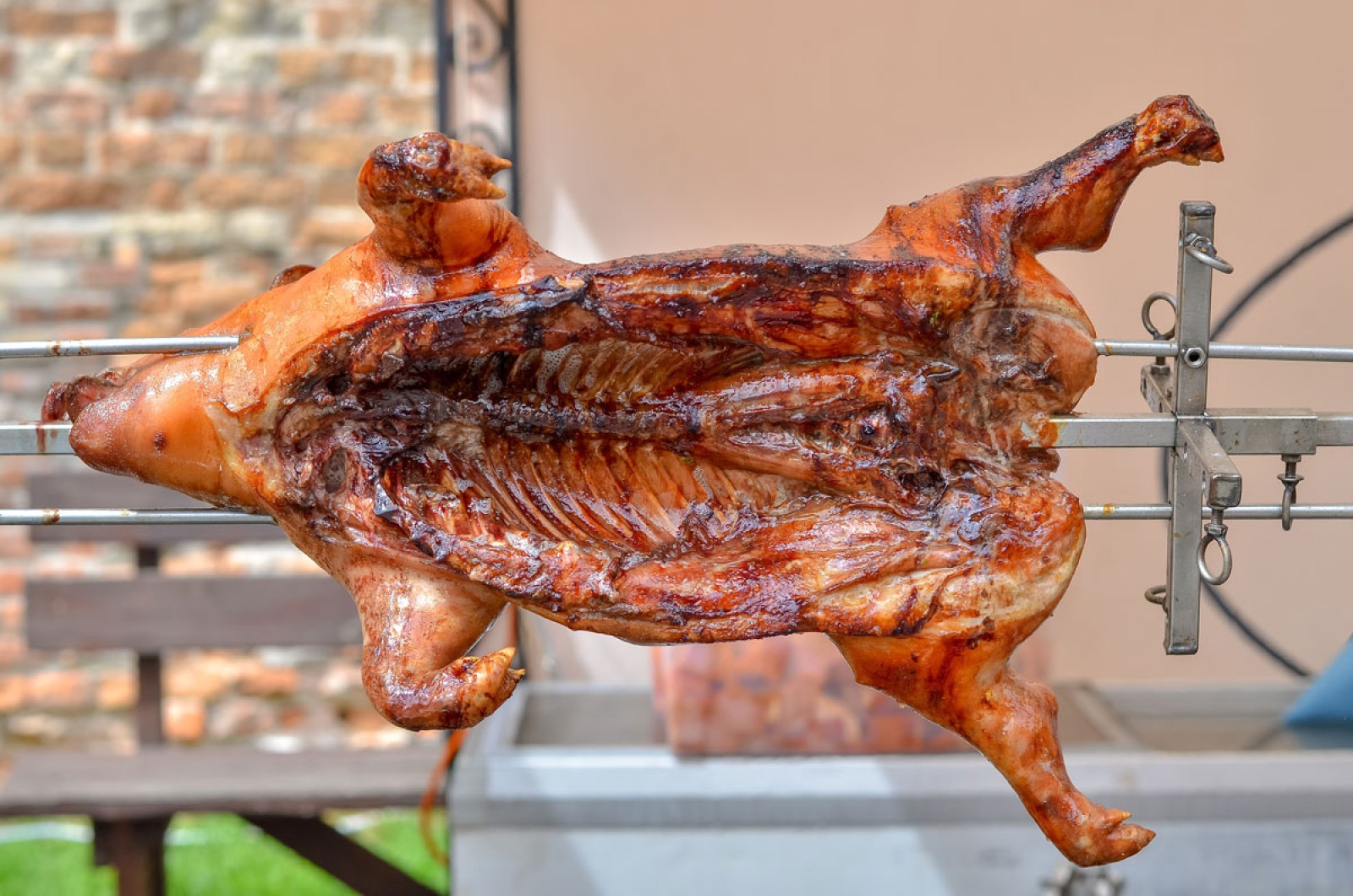How to Make your Brand Stand Out
Being a newbie in any industry is tough, most especially in the cutthroat world of food and bever-ag...

January 11, 2023
Anthony Bourdain made the Filipino lechon world-famous, but the dish is hardly proprietary to the Philippines.
Anthony Bourdain made the Filipino lechon world-famous, but the dish is hardly proprietary to the Philippines. It came from the Spanish who originally roasted suckling pigs, ergo the term leche, which means “milk.” Filipinos, however, made it their own by roasting full-grown hogs instead.
There are two prominent “schools” of lechon in the Philippines. Either is delicious, depending on your preferences. Luzon lechon is flavored by rubbing spices, herbs, and aromatics or using a marinade. The pig is roasted on a charcoal pit as the meat cooks and the skin turns crispy. These days, most lechon, even the ones cooked in this style, is seasoned well enough on its own. However, it has become a staple to enjoy it with a special sarsa or a thick, sweet sauce made with liver.
Visayas lechon, on the other hand, stuffs the pig with lemongrass, garlic, onions, and other flavorings to infuse taste into the meat. Most lechon in the Philippines will fall under these two categories. Other popular ways of enjoying roast pig in the country include cochinillo, which employs three-week-old piglets, and lechon de leche. The latter is a Spanish-sounding local invention that differentiates Philippine lechon from the Spanish.
Lechon’s status as the national dish of the Philippines is contested, with adobo throwing its hat in the ring. However, the roast pig has earned this label in many other countries, including its originator, Spain, and other Spanish-speaking nations, such as Cuba, Colombia, and Puerto Rico.
Cuban lechon is evocative of Cuban cuisine’s taste profile. Like Spain, it uses whole, younger swine roasted over a spit. Unlike its predecessor, however, Cubans flavor their pigs with a bright, acidic mojo marinade. Mojo comprises orange juice and zest, lime juice, lemon juice, and oregano, on top of other spices.
Puerto Ricans love pork, so it comes as no surprise that lechon would be the shining star of their gastronomy. Puerto Rican lechon asado is a suckling pig slow-roasted over charcoal for six to eight hours. It is the specialty of the town of Guavate. Lechoneras break the pig down and serve it cafeteria-style, with traditional side dishes, like yuca al mojo (cassava with onions, olive oil, and vinegar), mofongo (fried plantain balls), rice, and tostones (plantain chips).
Perhaps the most unusual lechon as far as the global roast pig taxonomy is concerned is the Colombian lechon asado. The bones of the suckling pig are removed. What is left is seasoned with spices such as salt, pepper, garlic, and cumin. Then, lechoneras stuff it with rice, peas, pork fat, and spices; the filling usually differs per city. Instead of being rolled around in a spit, it is cooked in an outdoor brick oven sometimes for up to 10 hours.
Lechon has become practically synonymous with the Philippines, but the roast pig is a global love affair.
Check out these food fusions between Filipino and Middle Eastern cuisines
The unending quest for healthy and sustainable food amid changing lifestyles
A quick look at the Philippine food staple often getting a bad health rap